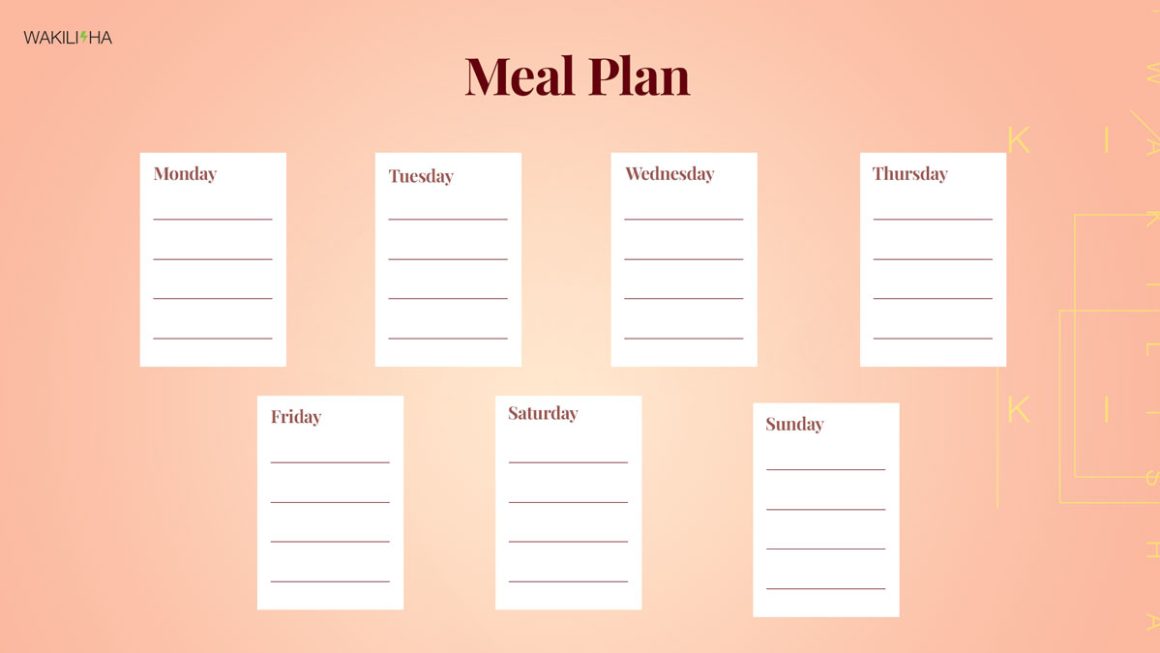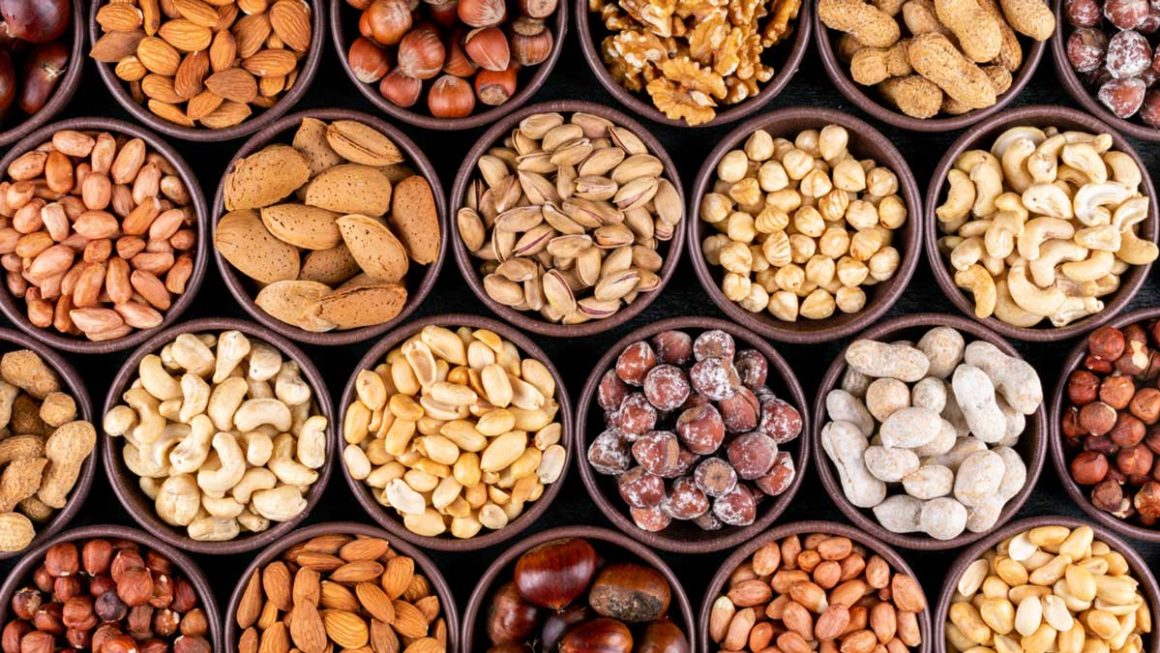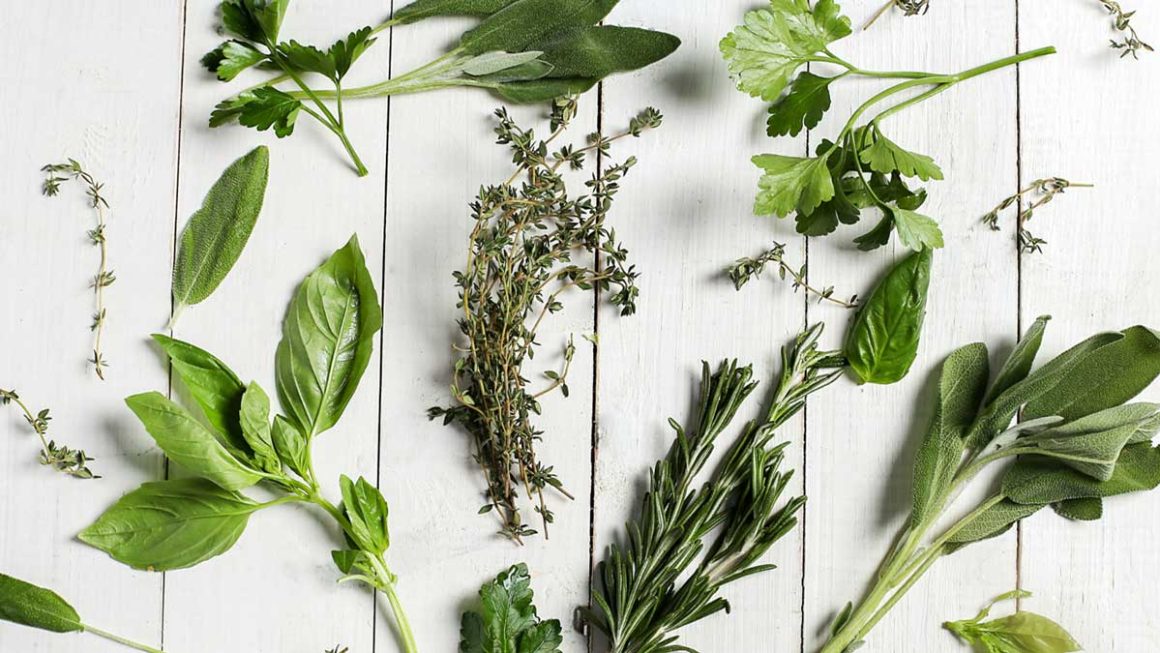Food has become expensive. The rising cost of living has led to increased prices of food components and other accompanying resources such as energy and power. The situation is likely to worsen in the medium term, affecting access to diverse food sources.
Many of us have had to cut out some meal components. Others have reduced the frequency of meals. But for the majority, nutrient-rich portions are getting smaller, replaced by more energy-rich portions. For example, in the ugali+eggs+green vegetables meal that is commonly had in many Kenyan urban households, the number of eggs per plate is getting fewer, compensated for by a bigger portion of ugali.
Diverse food sources form the foundation of a healthy and nutritious meal, regardless of individual dietary preferences. So here are 4 tips to help you source and diversify your diet on a budget:
1. Planning meals
Yes I know, we like to be spontaneous. But planning can be a great tool to organize your particular diet and how much to spend. Since we are all on a different diet due to age, health conditions etc., what we eat differs. Planning cultivates intentionality about what to eat. Leaving this decision to the whims of the moment is a quick way to deviate from both your preferred diet and budget.

2. Find the underdogs
In the quest to diversify our diet, we must not forget the underdogs. We view seeds and nuts/herbs and spices as fringes or mere additives, but they are powerful nutritional powerhouses. Besides typical use as snacks or additives, most can be ground and sprinkled to enrich energy-rich, nutrient-sparse options. For example, the use of peanut butter on bread, stinging nettle in mashed potatoes/bananas or baobab seed powder in oatmeal/maize flour.
- Seeds and nuts. Seeds carry a plant’s range of materials required for its germination. This means a diverse range of macronutrients and micronutrients and other phenols and compounds. Most are full of antioxidants. They are also relatively easy to incorporate into meals. Cashew nuts are pricier but groundnuts/peanuts are slightly more affordable. Incorporating a handful can enrich your breakfast options. Seeds such as simsim/sesame are also available in markets and can be made into whole meals. I recommend toasting them up with leftover rice as you would vegetable rice.
-
A line up of assorted nuts and dried fruits. | Image: Freepik Herbs and spices – Spices and herbs are relatively affordable, and have useful bioactive constituents that our bodies need. Spices like cinnamon, black pepper + turmeric combination, cloves and cumin can be as boiled to make tea or ground down to make condiments. Turmeric is especially a potent antioxidant (and should always be used in combination with black pepper). Herbs like rosemary and mints are handy too and can grow on the tiniest of spaces.
- Fiber goodness – Foods rich in fiber top the list of eating well on a budget. They have a high satiety level, which means there is a feeling of fullness after consuming them. In addition, they take time to digest increasing the period between meals or snacks. Fiber-full foods can include things like oatmeal but also whole grain maize or wheat flour for making ugali or chapatti (available from posho mills). Tamarind and baobab are also great options to consider. Baobab powder is a rich source of antioxidants. Small amounts can be used to enrich porridge/ugali flours and oatmeal without significantly altering the taste.
3. Home cooking and leftovers
Is it cheaper to buy food or to cook at home? The debate goes on. My bet is cooking at home and only because of the power of leftovers. Leftovers can be repurposed into complete meals, saving you money. For example, see this egg fried rice made from leftover rice and repurposing ugali.
4. Sourcing
Where and how you buy your food ingredients makes a difference. I prefer purchasing mine from grocery markets. Vendors have multiple types of products, and some have different ranges of quality. It means I get slightly less quality produce, for example, crooked bananas or potatoes at a slightly lower price. Compare this to retailers where the produce has already been sorted/graded and only the best quality is available at premium prices.
Another great option is sourcing from rural areas where they are significantly cheaper –ensure you are not incurring a significant transport cost. Even better if relatives can send it to you, just compensate them for their time.
In Conclusion
As the prices of food ingredients increase, we are forced to think differently about how to eat a healthy and diverse diet without breaking the bank. Planning meals, sourcing and cooking at home stretch the value of what we buy. Likewise, the underdogs such as seeds and nuts, herbs and spices and fiber-rich foods broaden the nutrient richness and the diet diversity.
gatwiri_c
Gatwiri is a writer and researcher. Her interests are food systems, food anthropology, science communication, kitchen gardening and agriculture. Follow her on twitter @gatwiri_c.






